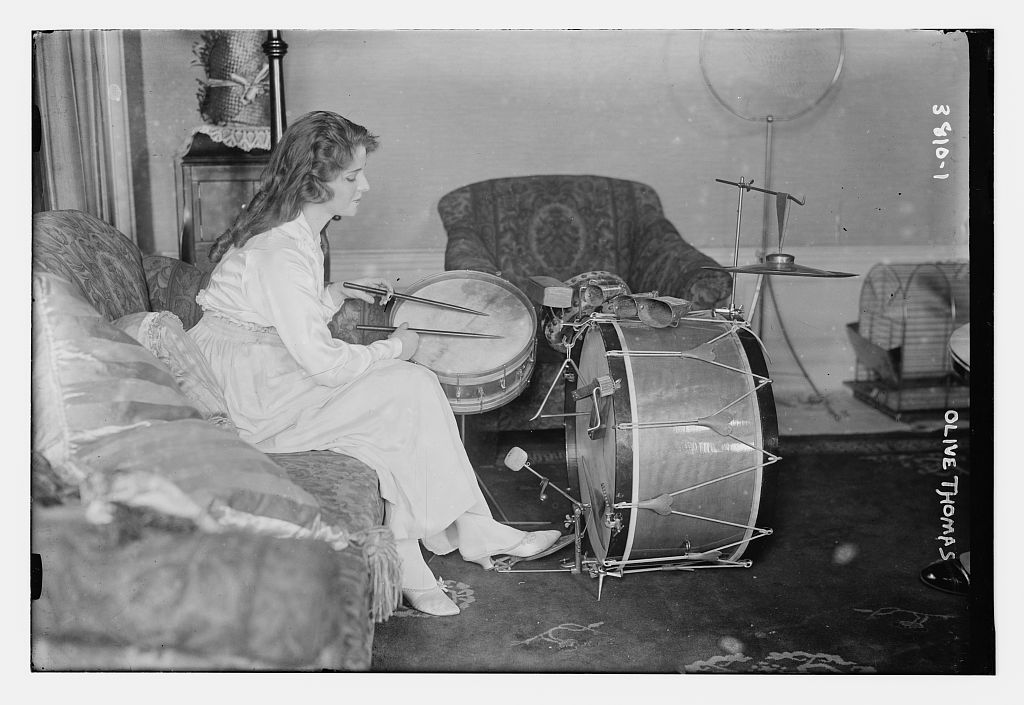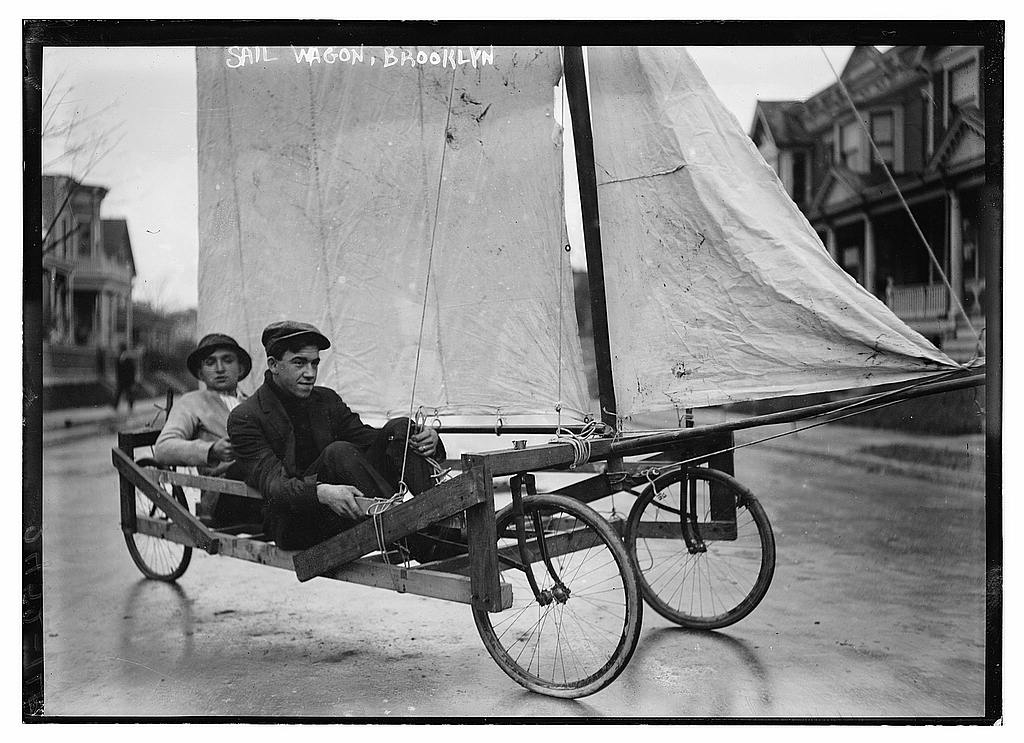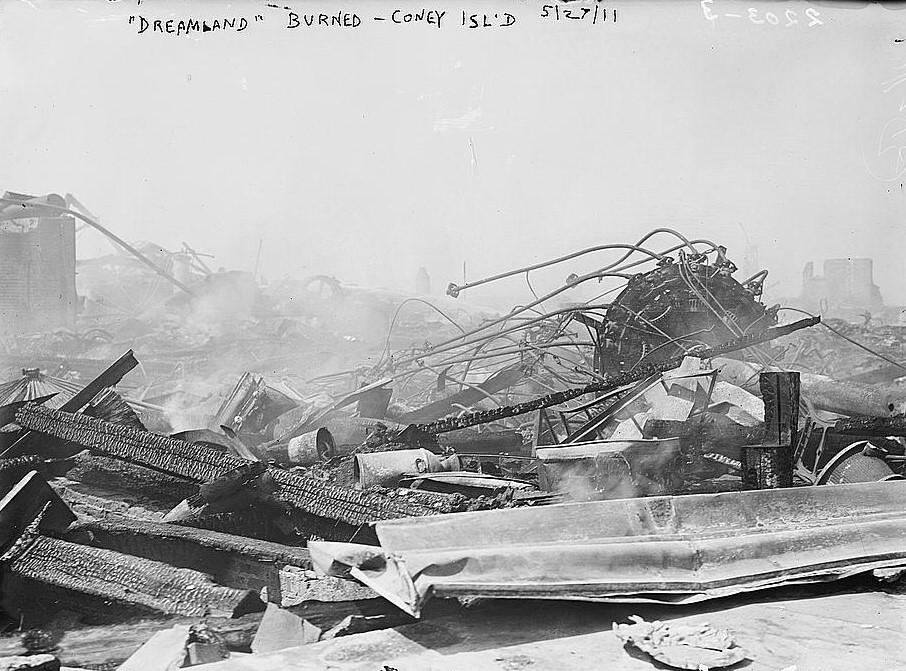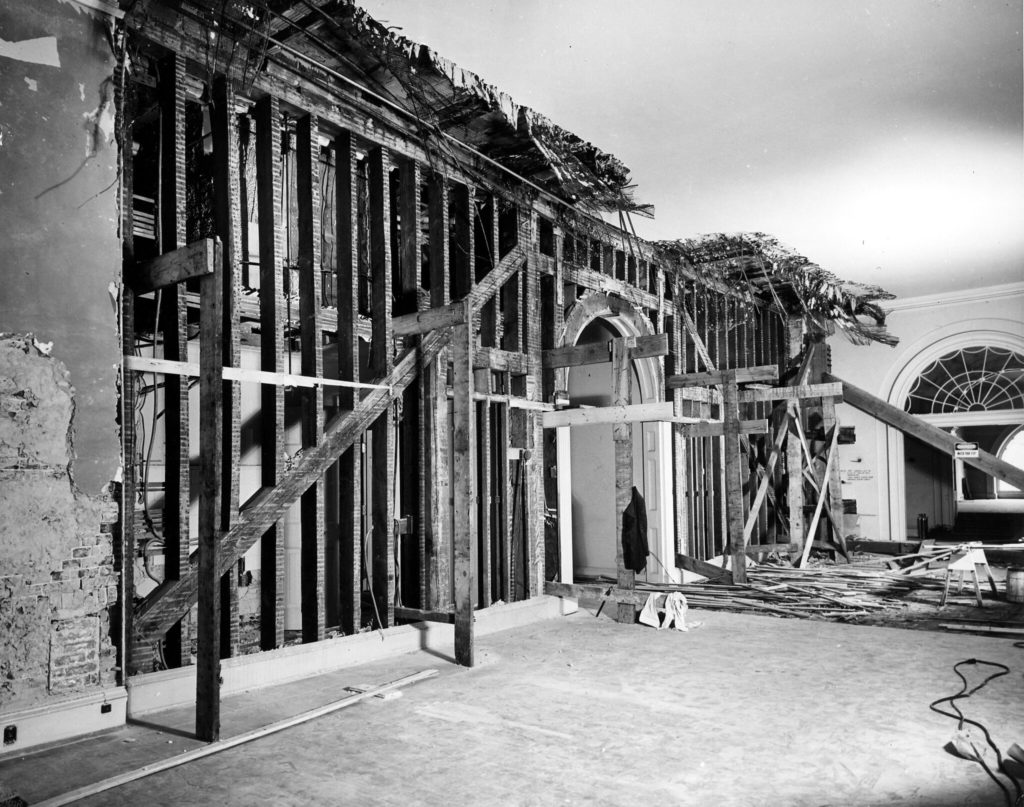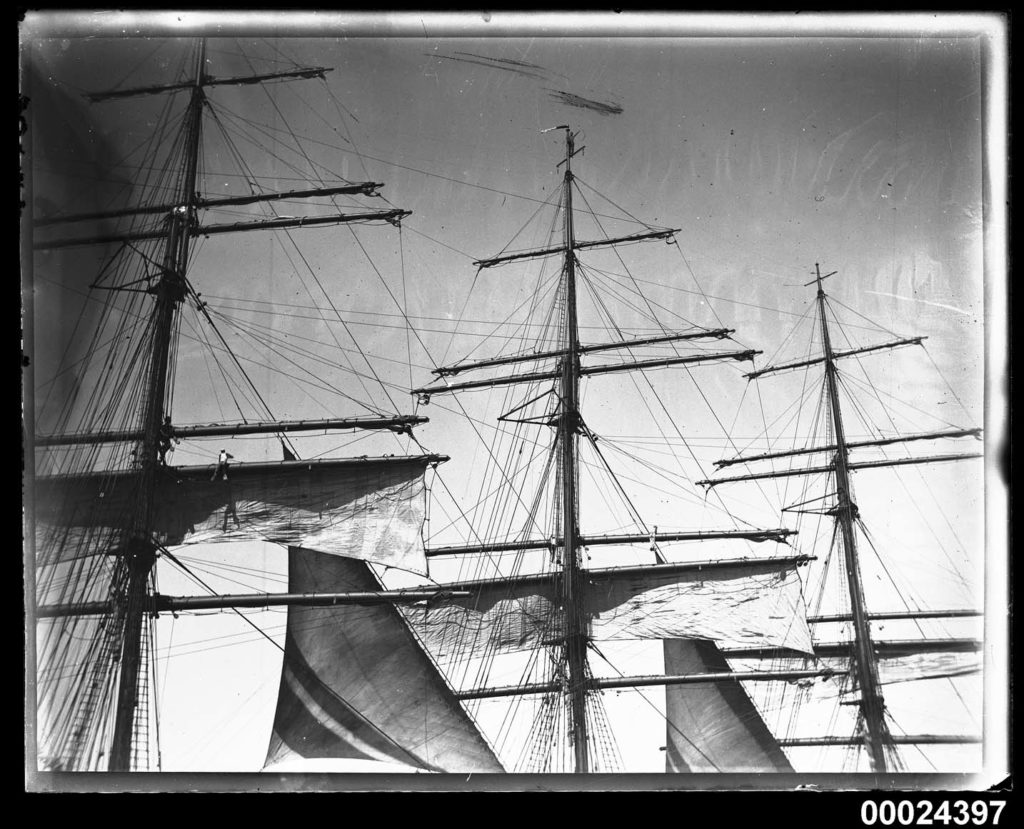Happy Thanksgiving, all the best in your travels and gatherings.
Thanks for reading. Please subscribe if you’d like the next letter in your inbox.
Unnecessary Steps
For our last couple of projects, we added envelope consultants to the team.
One of them recommended conducting a whole building air test at the end of the project even though it is essentially impossible to do anything actionable with the results.
Since I had extra money in my budget, I went ahead and approved the extra work so we could judge if it would be valuable for future projects. After getting the results, I think the test turned out to be a good value – both for long-term data collection and during construction.
When the team knows there will be a final exam, the game is played a little sharper. Even though this test had no teeth (there were no contractual consequences to failure), the team was well aware of its looming eventuality.
Of course, it is far more important to have contractors who take pride in their work and their attention to detail, backed up by a proactive envelope consultant who made regular site visits. But then again, it didn’t hurt to know that would be a big double-check at the end of the job.
Sometimes technically unnecessary tasks are ultimately productive.
~
A Link
The concept of “additional productive steps” to work in the office, is one of the fundamental principles of Cal Newport’s book A World Without Email. Diving into the inbox might be fast, but may not be the best workflow for knowledge work. Even though it’s an extra step, one may be well served by taking the time to shuffle actionable emails out of the inbox to a separate task management system before actually executing the billable work.
This concept has also made me reevaluate one of the crowning achievements from the past couple of years – assisting the implementation of digital signatures. Even though contracts are now processed much quicker than before, it has resulted in a lot of extra paperwork for the Owner PMs. By making it easier for us to execute administrative work, we’ve now been granted the task, distracting us from our primary duty of managing projects (not pushing contracts).
Of course, we’re never going back to hard copies and snail-mail. So the next step is to get these improved processes reassigned to our admin staff who used to manage these documents so we can return to focusing on issues that require architect and engineer licenses.
~
A Question
Does your team have quick processes that might be improved by adding extra steps?
Hit reply and let’s chat!
… and a photo.
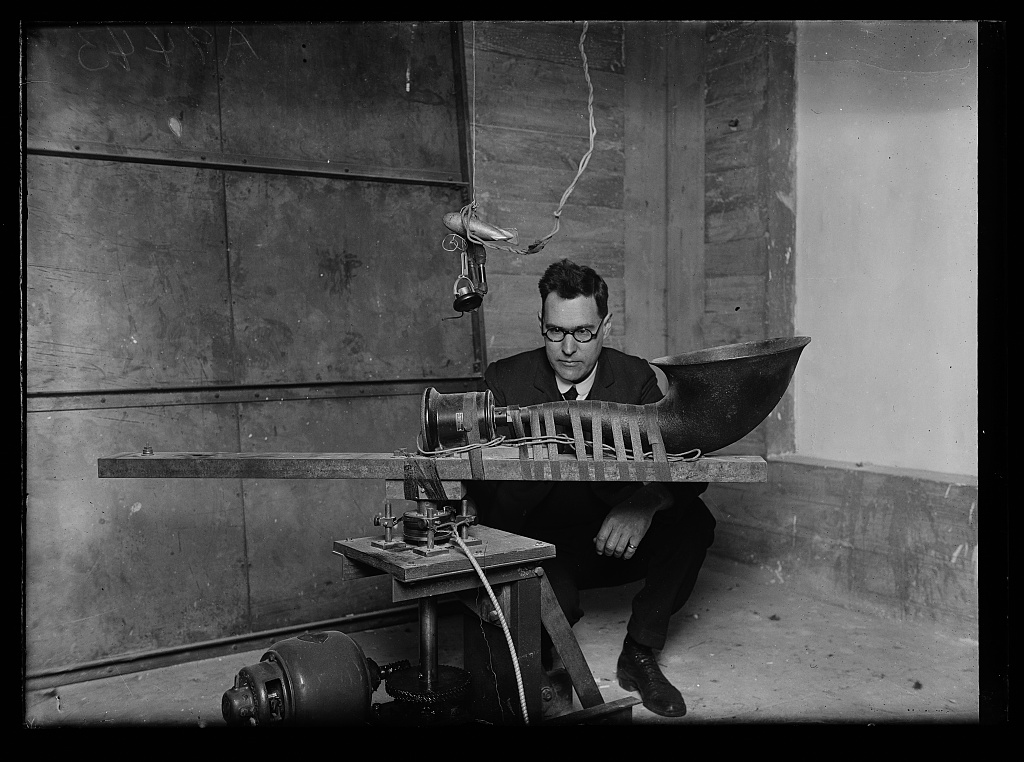
Vivian Leroy Crisler (1885-1953), an acoustics researcher at the National Bureau of Standards, Washington, D.C., looking over a loudspeaker horn used in sound penetration tests, Harris & Ewing, photographer, ca 1923 and 1929]
~
Thanks for reading the OPM letter! I’d love to have a conversation if you have any feedback. I hope you found some prompts to stretch your craft and relationships as a curious Owner PM. See you next week!
Stay humble, be kind, and keep experimenting!
Justus Pang, RA
